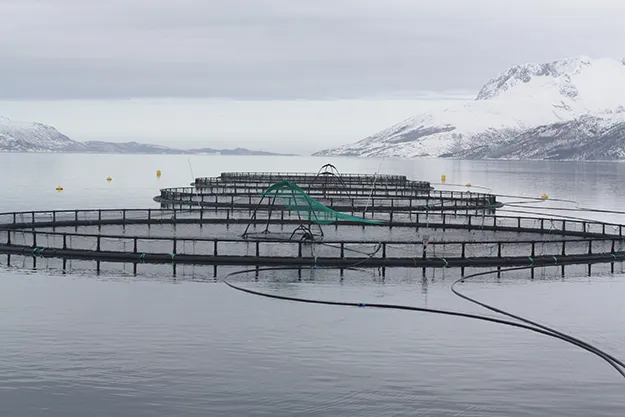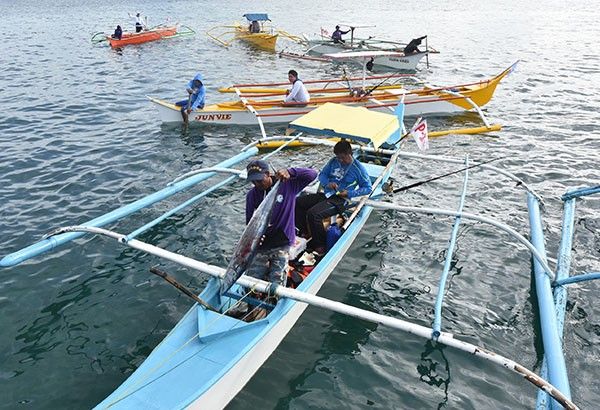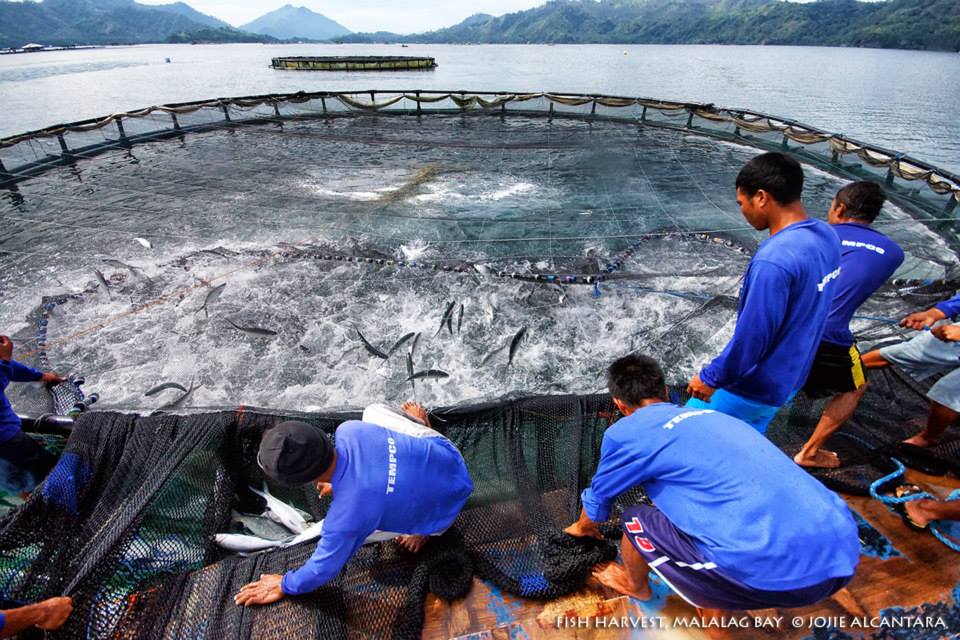The Philippine province of Zamboanga del Norte is celebrating a bountiful harvest of milkfish, thanks to the success of a Norwegian marine fish cage project that has provided sustainable livelihoods for local fishermen. On December 28, 2022, over 1.645 tons of milkfish were harvested from two Norwegian fish cages in the coastal village of R.G. Macias, stocked by the Sindangan Fisherfolk Association as part of the project monitored by the Bureau of Fisheries and Aquatic Resources (BFAR) in the Zamboanga Peninsula.

The success of the project has brought numerous benefits to the local community. Not only has it provided a sustainable source of livelihood for the beneficiaries, but it has also offered a profitable investment opportunity for Sindangan fishermen to engage in fish cage ventures in their town. The use of Norwegian fish cage technology, which utilizes high-density polyethylene composites, has addressed several issues and proven to be highly productive, sustainable, and durable.
One of the key advantages of Norwegian fish cages is their high productivity in terms of harvest volume compared to traditional bamboo fish cages. The use of modern materials and technology has significantly increased the efficiency and yield of fish farming, allowing for larger harvests and greater profitability. This has provided a boost to the livelihoods of local fishermen, who now have a more reliable and profitable source of income.

Moreover, the sustainability aspect of Norwegian fish cages is a significant advantage. Unlike traditional bamboo fish cages, which require the use of indigenous materials that may be in limited supply or harmful to the environment, Norwegian fish cages are made of high-density polyethylene composites, which are durable and do not pose a threat to local ecosystems. This makes them a more environmentally friendly option for fish farming, contributing to the conservation of marine resources and promoting sustainable aquaculture practices in the Philippines.
Another notable benefit of Norwegian fish cages is their versatility in deployment. Traditional bamboo fish cages are often limited by the presence of wave action, which can make it challenging to operate in certain areas with rough seas. However, Norwegian fish cages can be deployed in such areas, providing an opportunity for fish farming in locations that were previously deemed unsuitable. This has opened up new possibilities for coastal communities in the Philippines, allowing them to utilize their marine resources more effectively and sustainably.

The success of the Norwegian fish cage project in Sindangan has also created a model for replication in other coastal communities in the Philippines. The positive impact on livelihoods, increased productivity, sustainability, and versatility of Norwegian fish cages make them an attractive option for other regions interested in developing their aquaculture sectors. The partnership between the Sindangan Fisherfolk Association and the Norwegian marine fish cage project has demonstrated the potential of this technology to transform the aquaculture industry in the Philippines and contribute to the economic development of coastal communities.
In conclusion, the success of the Norwegian fish cage project in the Philippines, particularly in Zamboanga del Norte, has brought about significant positive changes in the livelihoods of local fishermen and the sustainability of aquaculture practices. The use of modern materials and technology in fish farming has increased productivity, profitability, and environmental sustainability, while also expanding opportunities for fish farming in challenging areas. The replicability of this model in other coastal communities in the Philippines holds great potential for further development of the aquaculture sector and economic upliftment of local communities. With continued collaboration and investment in innovative technologies, the Philippines can continue to thrive in the aquaculture industry and achieve sustainable development goals in the years to come.






